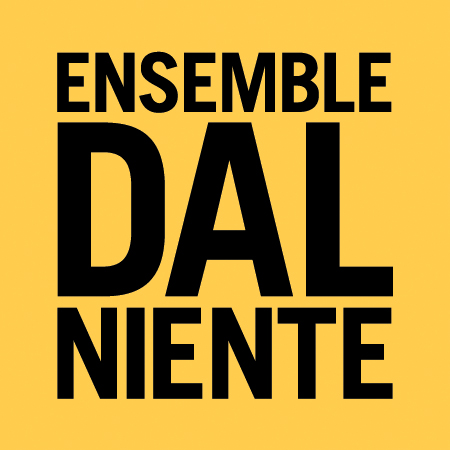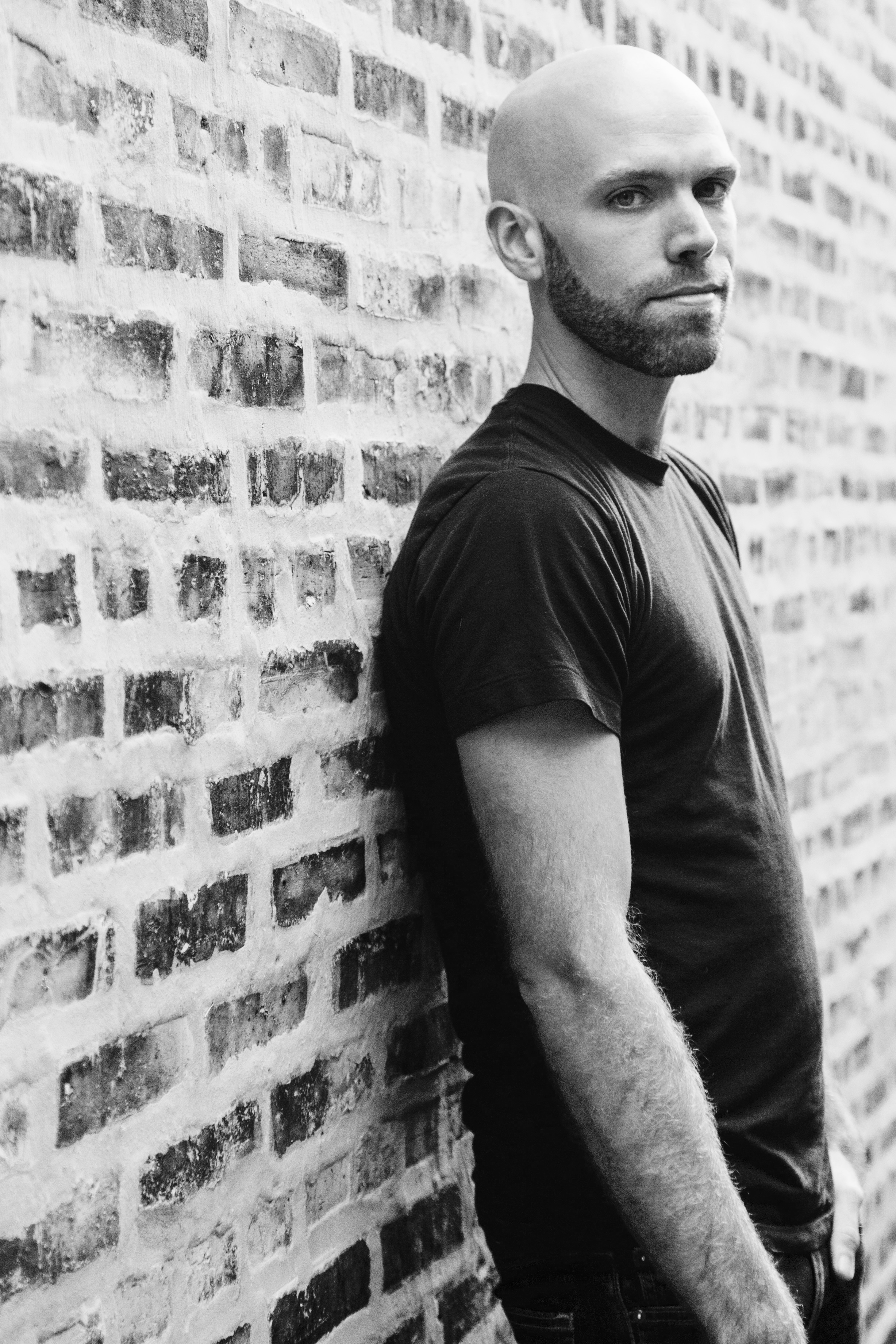Every year, musicians from around the world converge on Darmstadt to teach, learn, discuss, debate, perform, and redefine new music. We asked some nientes - and niente associates - to fill in the following blank: “Darmstadt 2016 was _______”
Below are just a few of the answers we got.
Ben Melsky, Dal Niente Harpist and Executive Director
Darmstadt 2016 was:
Theatrical. Interest in the new discipline seems to be hitting its stride and coming to the forefront AND taking off in so many directions. From Steven Takasugi’s Sideshow to basically anything by Jennifer Walshe, to a whole bunch of opera and opera-like projects from composers around the world, to plenty of George Aperghis (who happens to be among the world’s sweetest people), to music without sound but with bodies? What?
I think about this intersection of music and theater a lot. If you tell a musician to do X, they want to know “how fast, how much, how high, where, precisely when, in coordination with who?” if you tell an actor to do the same X, an entirely different set of thoughts or self-instructions precipitate.
How do you get a musician to act? In what context can this “acting” be successful and not contrived? Could you hire actors to perform these pieces? These are some pretty big questions.
Supportive. I had the distinct pleasure of working with Gunnhilder Einarsdottir (author of harpnotation.com) another harpist, Alice Belugou, and a bunch of composers from around the world. Over the course of two weeks, Gunnhilder, Alice and I worked with the composers on short pieces utilizing varying extended techniques and instrument preparations. It is always incredibly fascinating to watch other harpists (or any other performer) in the moment make decisions about whether they can do something a composer is asking for. This is a difficult line to walk because it requires the performer to voluntarily go somewhere a bit uncomfortable or even a bit vulnerable - honestly asking yourself “Can i do this?” and communicate that to the composer. And if you can’t, how to get what they’re after. You know, problem solving.
(This is how you prepare an $8 toy harp with a $500 contact microphone. Worth it? Yes.)
It is much too easy in situations like this to simply say no, something’s not possible, and of course, there are many many times when a request simply cannot be done. BUT it’s very important to realize that saying “yes” and working through problems is the process by which ideas become reality.
Working with composer Mark Andre.
Ravenswood, Lincoln Square, Uptown, Edgewater, Lincoln Park. Chicago seriously represented at the festival this year. Myself, Mabel Kwan, Carrie Shaw, Michael Lewanski and Jessie Langen (with all those über creative Chicago Arts Initiative kids) held down the Dal Niente fort. Mocrep was there and did some incredible work with Steven Takasugi and Jennifer Walshe. Katie Young and Jenna Lyle had fantastic performances of their work. Ray Evanoff (Chicago by proximity, and he stayed at my place, so he counts) was there, Jonathan Hannau, the whole gang!
I was so proud of what Chicago had to contribute to this international festival. The energy, dynamic, ambition to do great work, and spirit of this city is truly unique and it really showed in Darmstadt. Weston Olencki, a pretty special guy who you can hear on our December 4th Enno Poppe concert, received the Kranichstein prize for interpretation and Bethany Younge received a Kranichstein stipend for composition. Great to see them recognized for their work.
Favorite moment: Overhearing Ray Evanoff explain to Michael Lewanski how to make french press coffee. I’ll let you guess who mentioned “Scelsi” and “the universe”
From Mabel Kwan, Dal Niente Pianist:
Darmstadt 2016 was not for the faint of heart.
Blood, foil, cellophane, raw meat, torture, ambition, pain, denial of death, fear of loss, anonymity, downfall, hybrid realities, alien bodies, skin, trash, fur coats and sunglasses and six inch heels, one sold out show, gender, sex, shop vac, harpist getting stabbed in the cheek, the human body, another sold out show, condoms, broken glass, disembodiment, survival, apocalypse, the lowest bass frequencies ever, yet another sold out show, freak shows, surveillance, oppression, ghost peppers, a cleansing, an enormous teddy bear, darkness, suffocation, power tools… and that was only the first 5 days.
From Jesse Langen, Dal Niente Guitarist:
Darmstadt 2016 was educational.
I learned that, as valkyries descend from on high, the unfortunate hear a celestial harp glissando from the heights of the stars to the abyss of their doom. I saw Peter Veale recover improbably and in great style from death onstage. Also, kayleigh butcher likes several posts, according to mocrep.
And a paraphrase from sivan cohen elias, coaching Chicago Arts Initiative and Studio Musikfabrik youth ensembles: "i see a clown. But the clown wants to make a new kind of joke. Like a new music clown. And the clown is making its new music jokes by the river. But people just walk by the clown and ignore him. Play it like that." (The students play) "No."
From Jenna Lyle, Composer and Vocalist:
Darmstadt 2016 was fit-to-be-pickled.
...and in some cases actually pickled...From a wide array of vinegar-preserved cheeses and vegetables to some of the most touching and interesting performances, to some of the worst things I've ever seen, Darmstadt 2016 is something I'd like to keep in a jar, packed in salt. My experiences there will continue to ferment in my memory, decomposing and growing new strains of bacteria in my creative consciousness until eventually they become an explosion risk like that Kombucha Andrew made in our kitchen a couple of years ago. I mean it was delicious, but there were a couple of days where I was legitimately worried about scoby combustion.
















